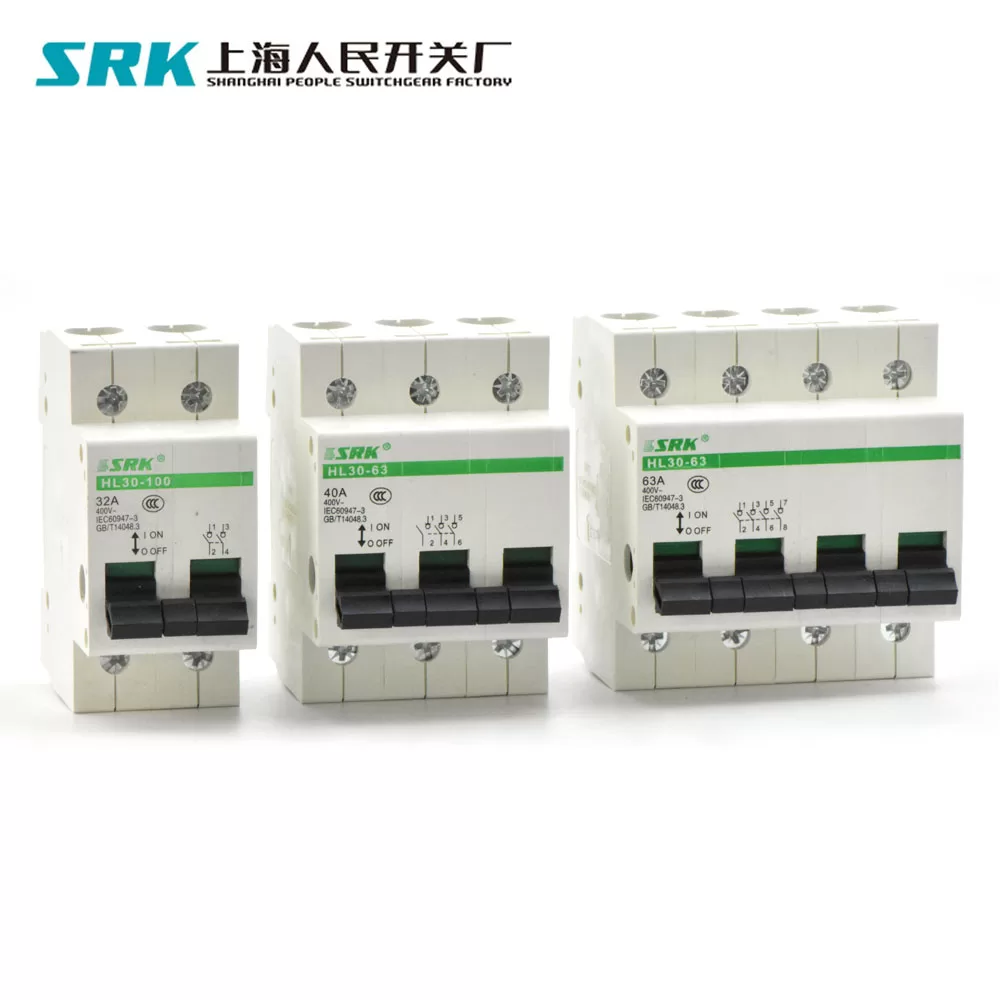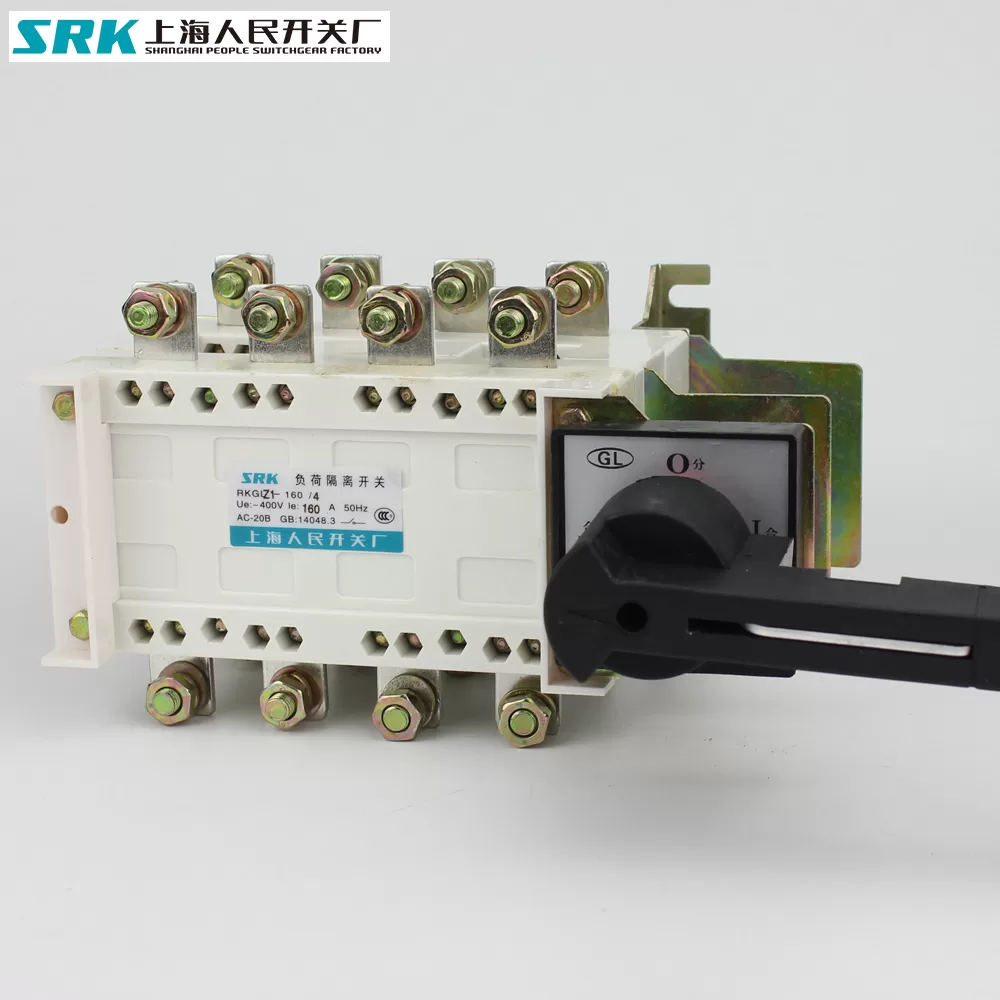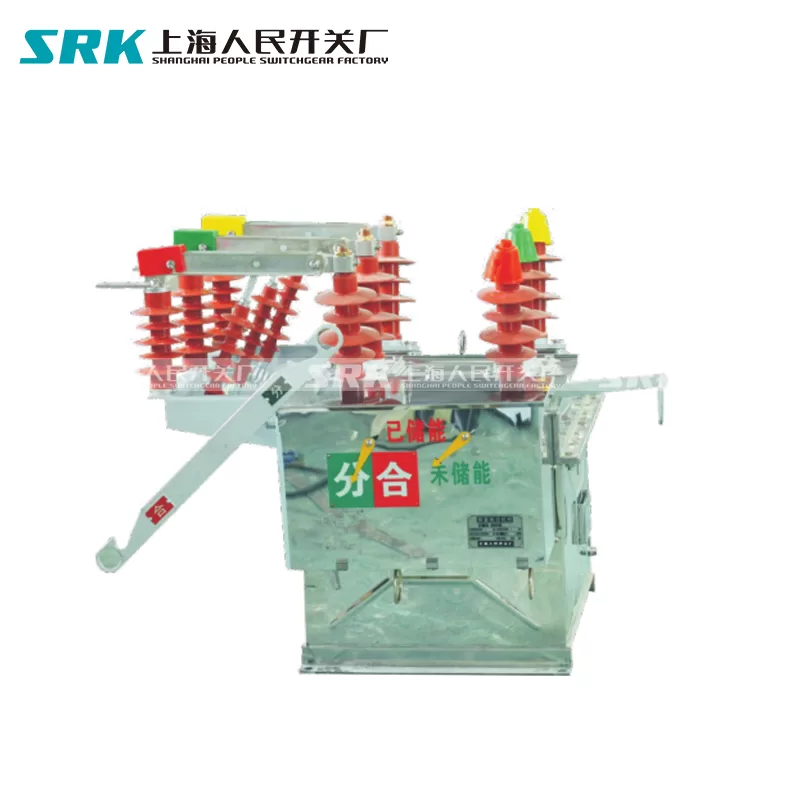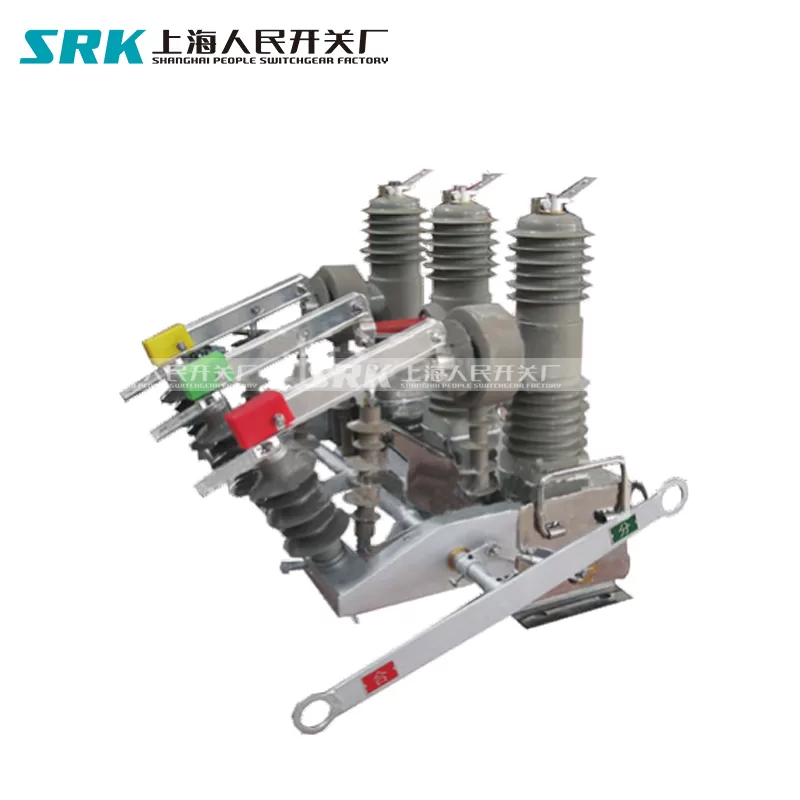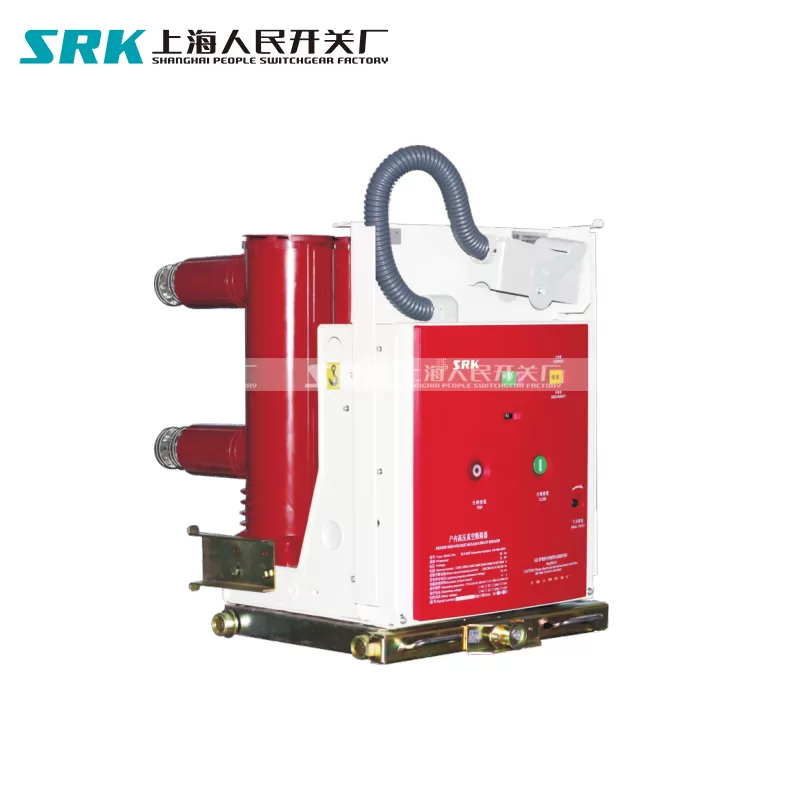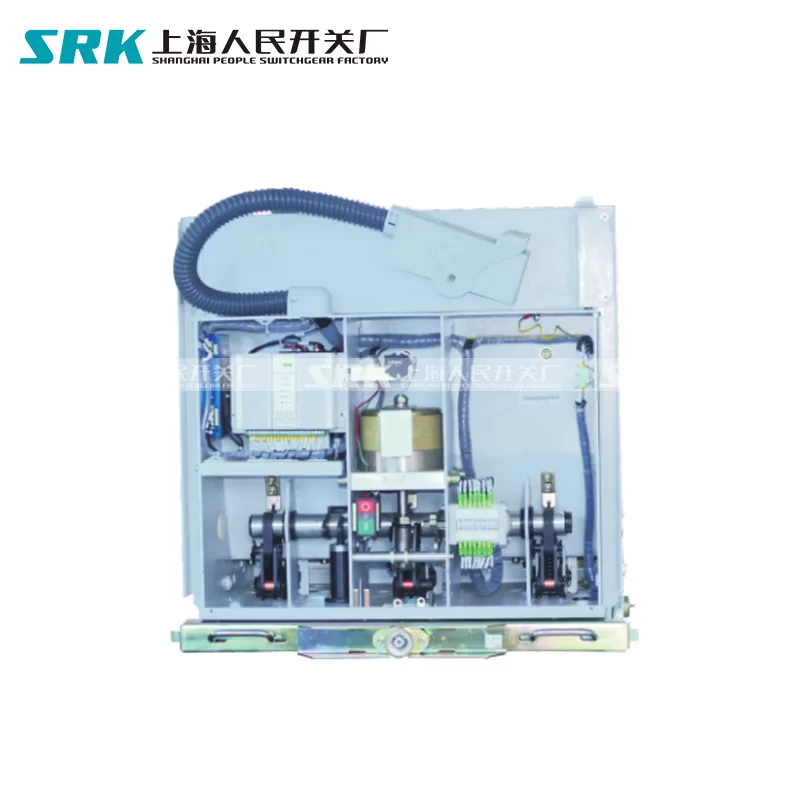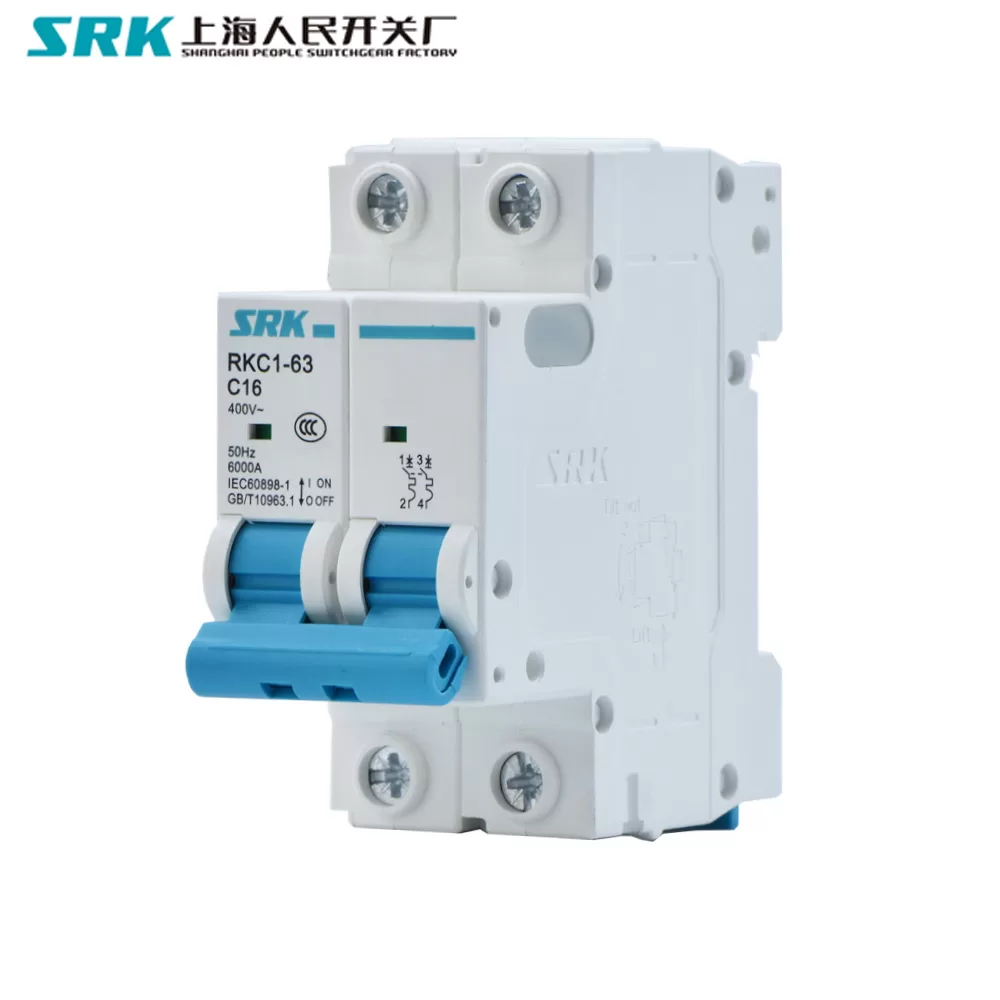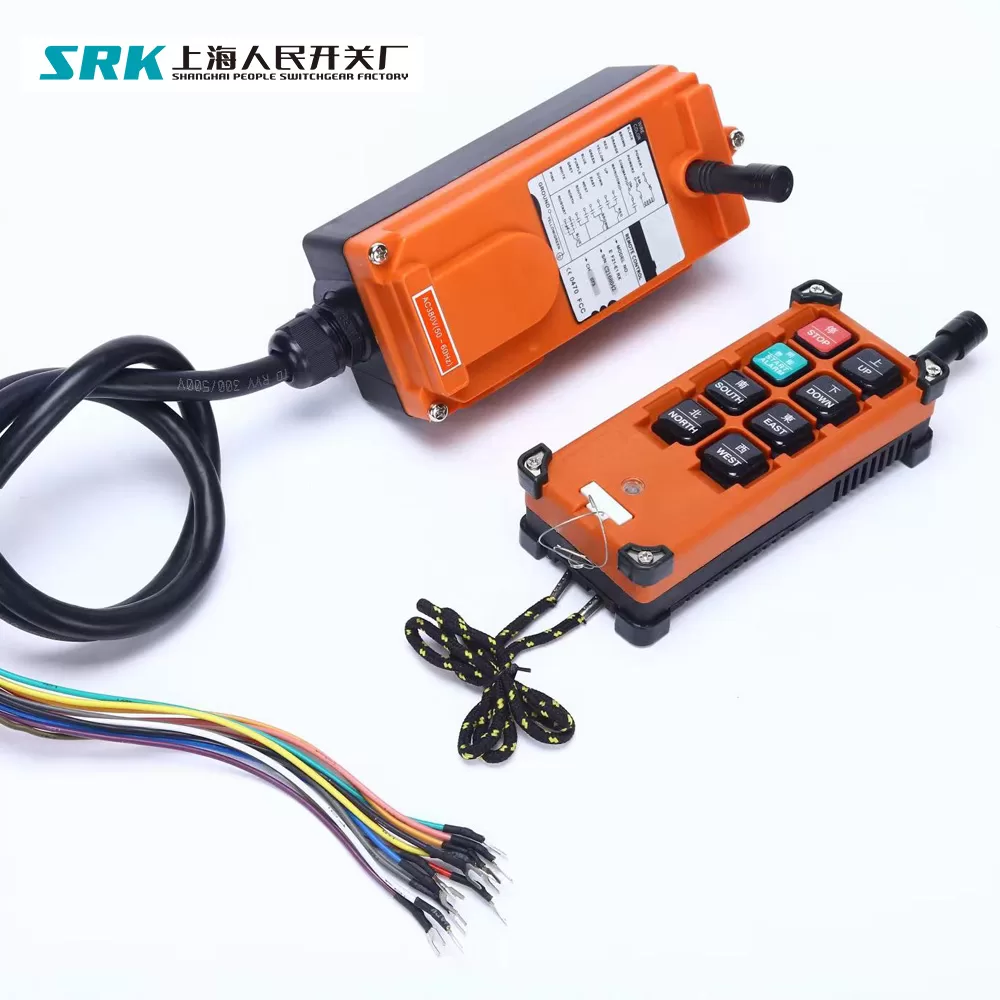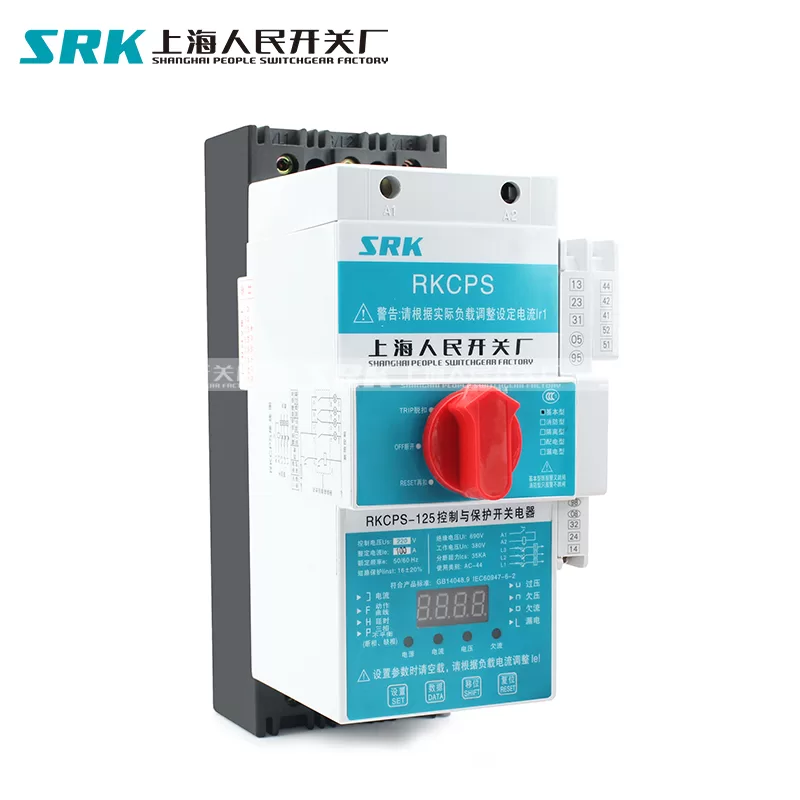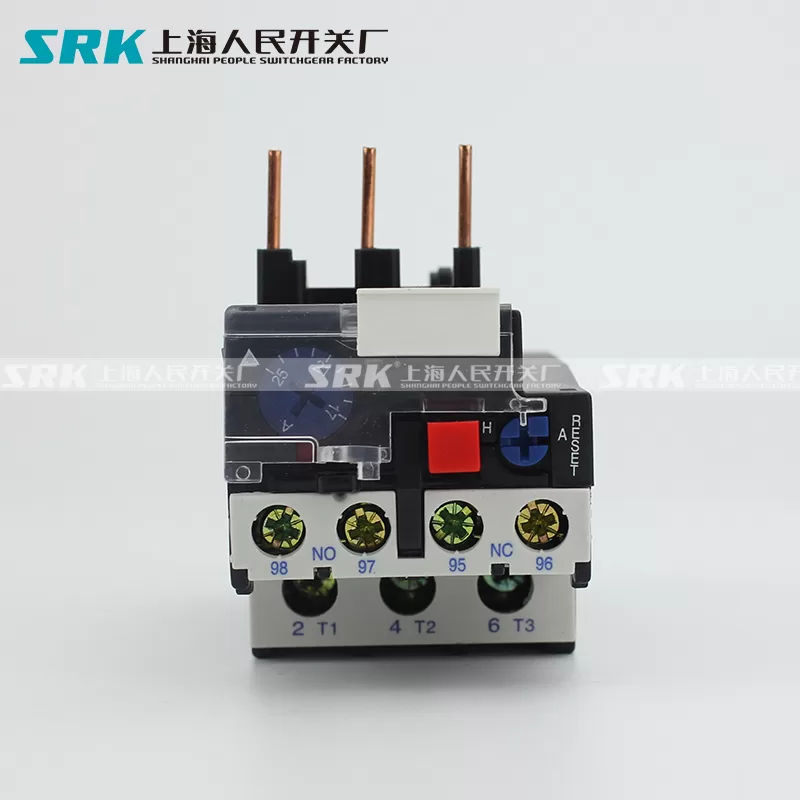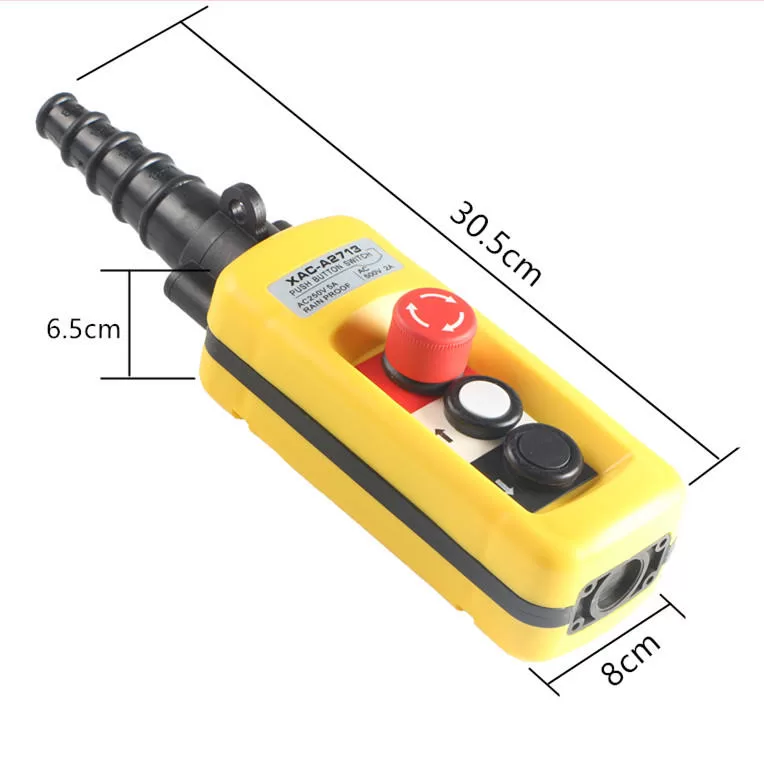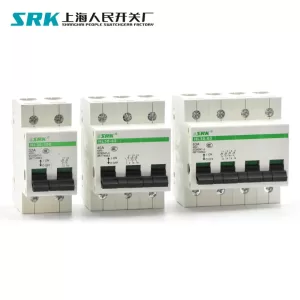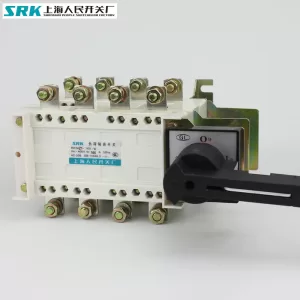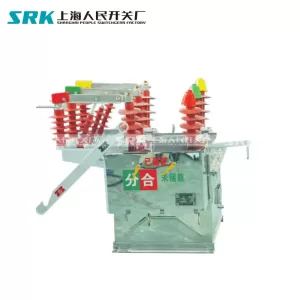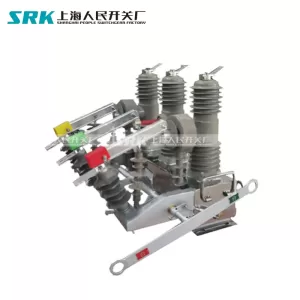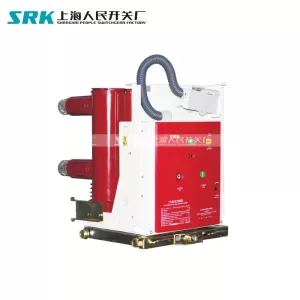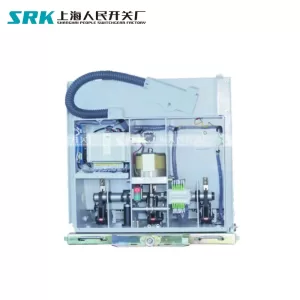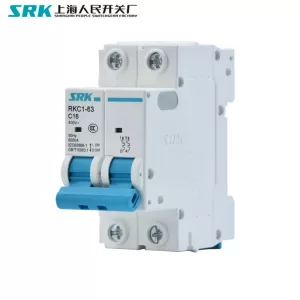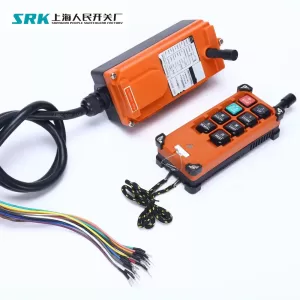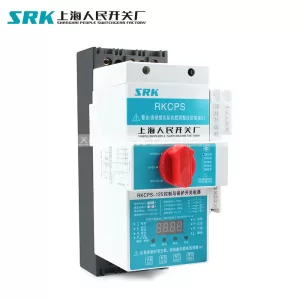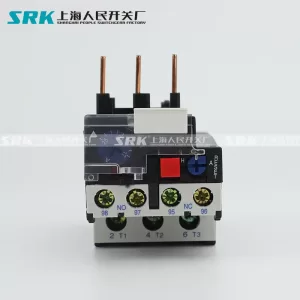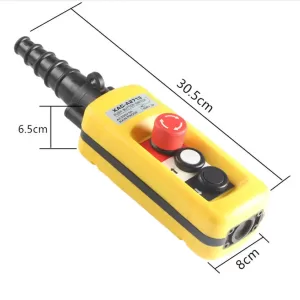General
A dual power automatic transfer switch (ATS) is a device that can automatically switch between two power sources, such as utility and generator, to ensure continuous and reliable power supply to the load. It is composed of two miniature circuit breakers, a motor, a controller and a mechanical rotating device. It has three operation positions: common-used power supply (N) ON, dual power OFF (manual operation), standby power supply (R) ON.
How to work ?
Automatic transfer switch works by using a controller to detect the status of the two power sources and sending a signal to the motor to drive the switch mechanism. When utility power is interrupted or abnormal, the switch signals the generator to start and transfers the load to the emergency source. When utility power is restored and stable, the switch retransfers the load to the normal source and shuts off the generator.
How to install ?
To install it, you need to connect the two power sources to the input terminals of the switch, and connect the load to the output terminal. You also need to connect the control wires and set the parameters according to your needs. You can watch some videos online for more detailed instructions.
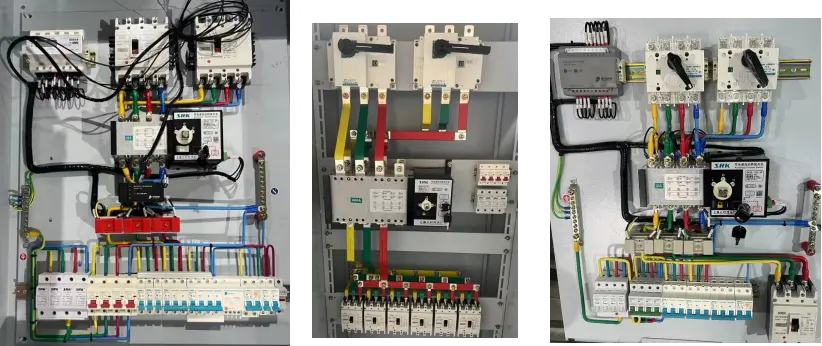
automatic transfer switch class
An automatic transfer switch class is a classification of automatic transfer switches based on their performance and functionality according to the IEC 60947-6-1 standard. The standard defines four classes of automatic transfer switches: PC, CB, ZB, and ZC.
- PC class: This class includes automatic transfer switches that use power load switches to perform the switching function. They are suitable for applications where the load can tolerate short interruptions of power during the transfer. They have a high mechanical and electrical endurance and can withstand high short-circuit currents.
- CB class: This class includes automatic transfer switches that use circuit breakers to perform the switching function. They are suitable for applications where the load requires overcurrent protection and isolation from both power sources. They have a high mechanical and electrical endurance and can withstand high short-circuit currents.
- ZB class: This class includes automatic transfer switches that use contactors or relays to perform the switching function. They are suitable for applications where the load can tolerate short interruptions of power during the transfer. They have a low mechanical and electrical endurance and cannot withstand high short-circuit currents.
- ZC class: This class includes automatic transfer switches that use contactors or relays to perform the switching function. They are suitable for applications where the load requires uninterrupted power during the transfer. They have a low mechanical and electrical endurance and cannot withstand high short-circuit currents.
Contact us:
Kani Xie
SHANGHAI PEOPLE SWITCHGEAR FACTORY
E-mail:Kani@srkswitchgear.com
Ph: 0086 13695872200
Wechat/ WhatsApp/skype: +86 13695872200



